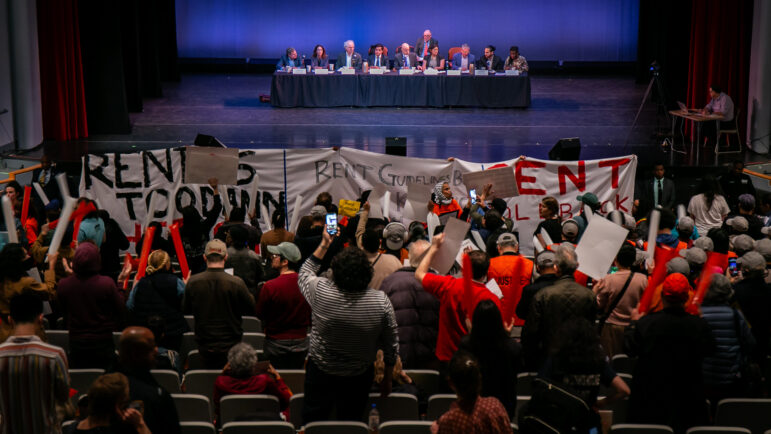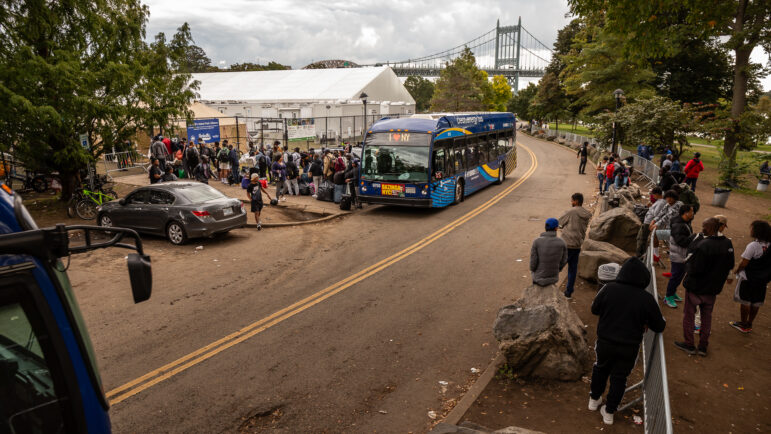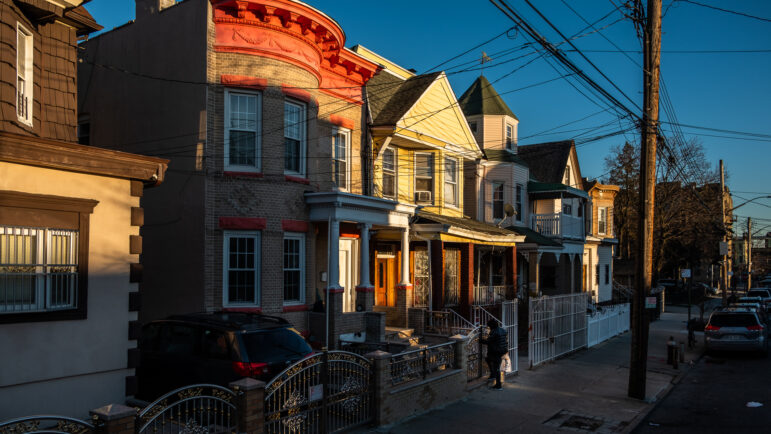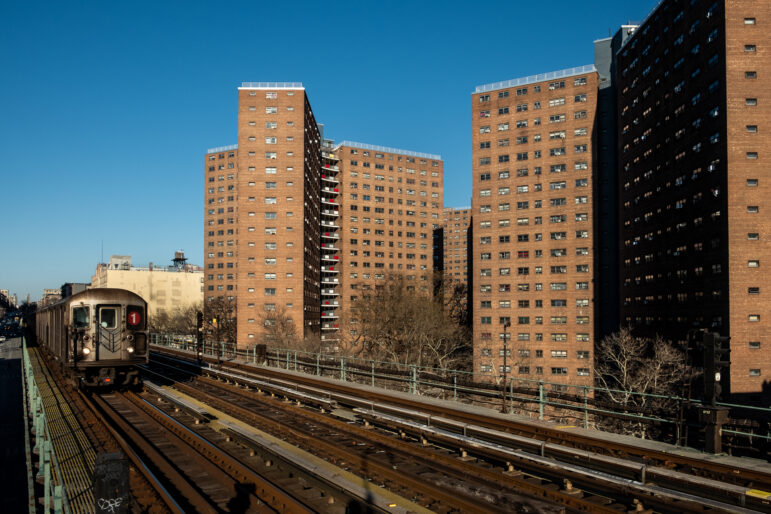
At a time when there are threats to an overburdened healthcare system that is barely serving a large segment of the population and when health disparities are great, there is an urgent need for a diverse health care workforce. The long-term payoff will be great for everyone.
My colleagues and I in the Bronx care for some of the neediest patients in one of the busiest the Emergency Departments in the city. Practicing for 23 years, I am one of only five African-American female physicians who are full professors in Emergency Medicine in the United States.
Multiple studies have demonstrated that culturally and linguistically symmetric providers help to increase access to quality medical care, improve health literacy, drive policy changes and, therefore, reduce health disparities. The struggle continues to have a health care workforce that reflects the diversity of the patients served.
In 2013, I conducted focus groups and published a paper that documented the perceived obstacles confronting urban students, parents and educators in New York City to achieving a career in healthcare. First, students and their parents lack confidence that a health career is even possible. Underlying such feelings are an unrealistic picture of the arduous career path required for entry into these fields, constantly discouraging messages received about opportunities for minorities, and the inability to access mentors. Second, there is a general lack of knowledge about resources available to assist students in the journey, resources such as enrichment programs, health professionals willing to serve as advisors and mentors, financial assistance and experiential learning opportunities. Finally, there is a lack of culturally symmetric role models.
Are City Schools and Hospitals Doing Enough to Diversify Medicine?
Additionally, youth today are battling educational disparities, financial challenges, food insecurity, unstable housing, and family responsibilities. A recent study noted that 25 percent of 60,000 CUNY undergraduates experienced food insecurity, something that has been shown to adversely impact academic performance and mental health. Research of February 2019 by Kathryn Hill of NYU Steinhardt demonstrates that of 81,669 public school students beginning kindergarten in 2012, 10,312 had experienced homelessness prior to entering fifth grade. The neighborhoods impacted most include upper Manhattan, central and western Bronx, and northern Brooklyn and the populations most impacted are Latino (56 percent), Black (33 percent), Asian (6.3 percent), and Caucasian (3.5 percent).
These findings are eye opening. We can help to build diversity in the health care workforce and insure culturally competent care for all, but we must address the needs of low-income students.
Steps that should be taken include:
1) Rigorous academic and experiential preparation to lay the foundation for college and career readiness needs to be available to all students, beginning in elementary school.
The NYC Department of Education has 22 NYC public schools that host 32 programs for Career and Technical Education in Healthcare that train students for ancillary health certifications, such as a Nurses’ Aide, Medical Administrative Assistant and Pharmacy Technician. However, the higher paying careers involve advanced academics and experiential preparation — frequently these are not readily available to minority and low-income students.
There are roughly 600 high schools in New York City, including nine specialized high schools known for rigorous preparation of students for competitive careers in science, technology, engineering, math and the arts. In 1972, the Hecht-Calandra Act, mandated that middle school students must take a uniform exam, the Specialized High School Admissions Test (SHSAT), to gain admission to Brooklyn Tech, Bronx Science, and Stuyvesant. In the fall of 2018, according to a March 18, 2019 New York Times article by Eliza Shapiro, 27,500 New York City eighth graders took the SHSAT to qualify for one of the 3,523 available seats at those three institutions. Of the 5,500 Black students taking the SHSAT, a mere 190 were admitted to specialized high schools. Of the 895 freshman seats in the entering class at Stuyvesant, seven Black/African-American students and 33 Hispanic students were offered admission, while at Bronx Science in an entering class of 803 students ten were Black/African-American and 43 Hispanic. In 2013, Black/African-American and Latino students made up 12 percent of the students who received offers and in 2017 only 10 percent. The overall population of the NYC school system, 1.1 million students, is 67 percent Black/African-American and Latino. The educational disparity is evident starting in elementary and middle school!
2) After-school and out-of-school programs help close the gap for students who have not received adequate educational support previously and who do not have relatives working in the health fields. These “pipeline” programs can help expose students to the highly competitive field that modern healthcare has become in a holistic manner while addressing some of the social challenges faced by students.
The desire to become a healthcare professional needs to be encouraged and groomed through engaging academic and work-based learning experiences, such as workshops, field trips, the shadowing of health professionals, and internships. Such experiences build and continuously reinforce needed knowledge and self-confidence. However, these programs often have limited funding that permits only a few students to participate. Additionally, many school officials, parents and students are not aware that such programs exist. Or that many such programs involve low cost or no cost, while a few offer participating students a stipend.
Beginning in high school, I attended six different summer enrichment programs at medical institutions (such as Weill Cornell School of Medicine’s Travelers Research Program). These programs immersed me in science and health careers and introduced me to biomedical leaders.
Much later, and after a near death experience, I co-founded Mentoring in Medicine, Inc. with two colleagues. Each of us had different, often discouraging, experiences during our long, arduous journey into medicine. But despite the odds, each of us possessed grit and intellectual fortitude in addition to encouragement and advice from mentors, so that we succeeded in attaining our dreams of becoming a physician. Mentoring in Medicine, a 501c3 nonprofit organization, is dedicated to engaging, educating and empowering low income students during their journey to become health professionals.
Mentoring in Medicine helps students succeed in competitive environments by providing academic enrichment, leadership development, medically related experiences, and mentorship. Our programs and events have impacted 50,000 students, parents and educator beginning with elementary school students. Just over 500 college or post-baccalaureate students who have benefited from Mentoring in Medicine have attended or are attending health professional institutions.
3) Practicing and retired health professionals should serve as mentors to the next generation.
I did not have any physicians in my family. My aunt who lived in New York was a registered nurse. I shared with her my desire to become a physician. At the age of 13, she introduced me to two mentors, the late Muriel Petioni, MD, known as the mother of medicine in Harlem, and Melissa Freeman, MD, who is still practicing in Harlem at the age of 92. I gained a wealth of knowledge, encouragement and connections from them, spanning nearly forty years.
At least I had someone in my family working in the healthcare field. Many students from minority and low income backgrounds have little if any real world exposure to the profession they desperately wish to pursue. Many who eventually become physicians were constantly told they could not realize their dream, but received support from a “cheerleader,” someone who encouraged them to continue despite the odds. An out of school experience, for example, a Saturday or summer enrichment program, might have served as a catalyst, introducing them to physician role models. Throughout college and, often in special post-baccalaureate academic enrichment programs, the aspiring doctor works extremely hard to master challenging coursework, to gain required health-care-related experiences, and to study for rigorous medical school entrance exams. All of this while juggling life’s challenges!
From 2016-2026, health care occupations are expected to grow faster than any other sector, at a rate of 18 percent. This means adding about 2.4 million jobs, according to the US Bureau of Labor Statistics. While there are plenty of jobs in the health care sector, the training needed to secure a position can only be acquired over the course of multiple years.
It is my hope that practicing and retired health professionals from a variety of careers, however busy, can play a small part to help students interested in a health career see their “future self”. It is critical that they join the struggle to help create an intellectually strong, immensely compassionate, culturally competent, future health-care workforce.
As stated so poignantly by Martin Luther King Jr, “Of all the forms of inequality, injustice in health care is the most shocking and inhumane.” Quality health care for all is critical!
Lynne Holden, MD, is a professor of emergency medicine at the Albert Einstein College of Medicine and the president of Mentoring in Medicine, Inc..









2 thoughts on “Opinion: The Rx for Diversifying Medicine is Harder Work by Schools and Doctors”
Pingback: Are City Schools and Hospitals Doing Enough to Diversify Medicine? – City Limits – Texas Nurse Practitioner News
Pingback: Are City Schools and Hospitals Doing Enough to Diversify Medicine? - City Limits - HealingPlus